Rooted in Innovation: Navigating the Future of Hardwood Markets
In the heart of the hardwood industry lies a challenge that transcends mere marketing strategies—it’s about crafting a compelling narrative that resonates with the world beyond our sawmills and forests. At the recent Hardwood Industry Needs Workshop hosted at NHLA headquarters last month, attendees echoed concerns about the industry’s branding and the vital need to educate the broader public on the sustainable and environmentally conscious nature of hardwood products. Scott Dane, the Executive Director of the American Loggers Council, shed light on a pivotal truth during his presentation on “Timber Harvesting & Hauling”: our market’s image and potential hinge not just on facts and figures, but on the emotional connection we forge with our audience:
While participating in the NHLA [Hardwood] Industry Needs Workshop it was enlightening to learn about the threats and challenges to the domestic hardwood infrastructure and markets. Over 100 hardwood mills have been forced to shut down or reduce production, during a time when hardwood imports and substitution products have increased. Often from origins that do not follow sustainable forest management practice standards at the same level that American forests do. Then literally shipping products across the ocean and contributing to climate change inducing emissions thereby increasing the carbon footprint of imported forest products. But most disturbing, was to learn that the DOD sources wood species from foreign sources while domestic sources are capable of supplying these products from American forests. Bottom line, the U.S. has the resource, capacity, and opportunity to supply domestic wood forest products; without the current level of imports and larger carbon footprints; with higher sustainable forest management standards; while improving U.S. Forest health. The question is twofold. Does society want to buy synthetic nonrenewable products from third world countries without sustainable forest management practices with higher carbon footprints or buy renewable American forest products from American forests practicing sustainable forest management that sequester carbon? Is it in the best interest of U.S security to spec material requirements that restrict U.S. material sources and depend upon foreign sources and the consequential transportation logistics increased carbon footprint?
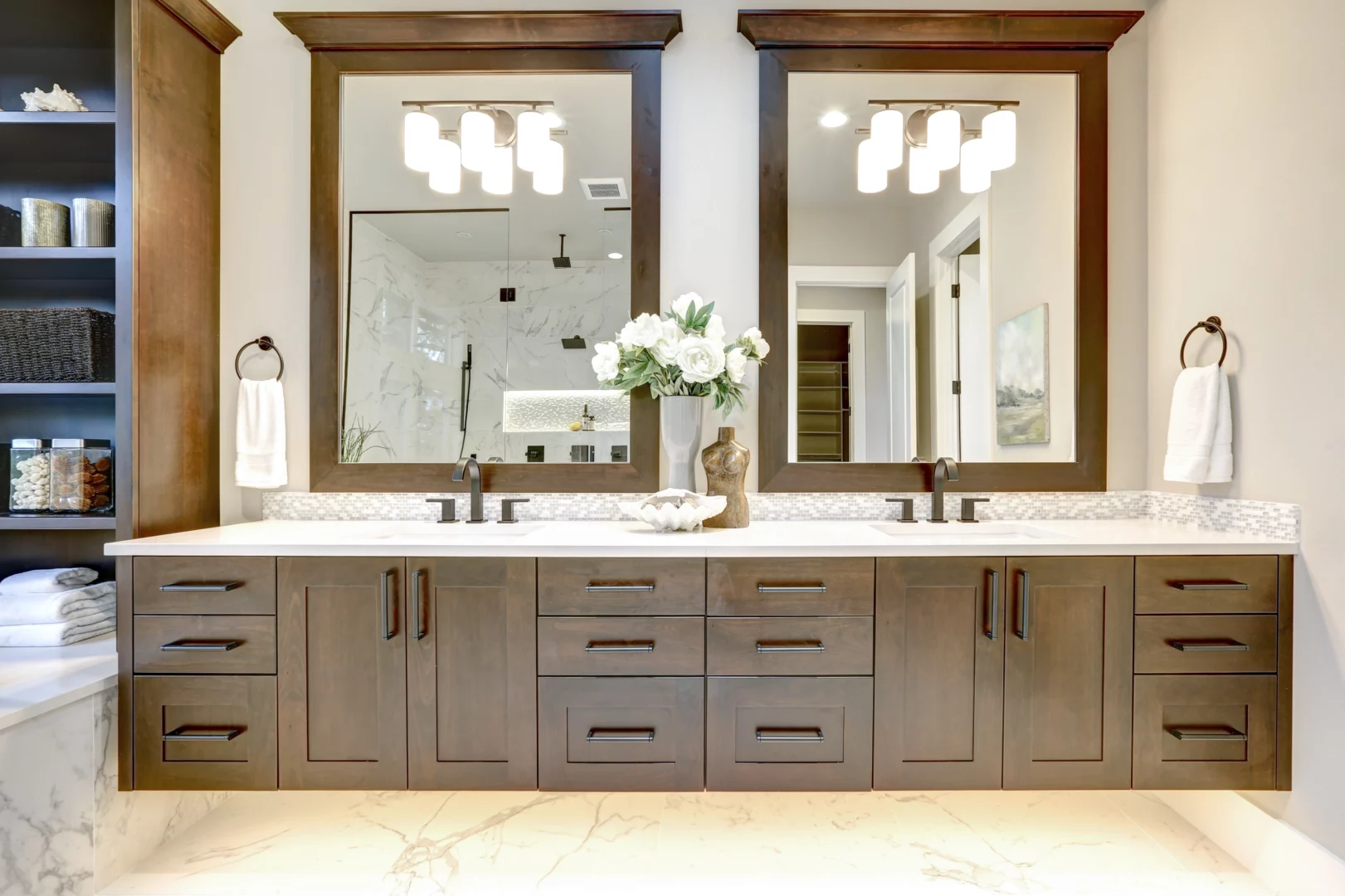
In essence, it’s about storytelling—about merging the story of our heritage, our commitment to sustainability, and our vision for the future with the stark realities and challenges facing the hardwood industry. Dane’s plea underscores the urgent need to address threats to domestic hardwood infrastructure and markets, highlighting the detrimental effects of increased imports and substitution products on American forests and the environment. His message serves as a poignant reminder of the power of storytelling not just to educate but to inspire action and advocate for change. So, how do we, as a community, embark on this journey to tell our story in a way that not only captivates hearts and minds but also drives positive transformation in industry and beyond?
First off, by donating 5% of member dues to the Real American Hardwood Coalition (RAHC) and launching the website realamericanhardwood.pro, NHLA is not only investing in promoting hardwood products but also crafting a narrative that emphasizes its beauty, durability, and sustainability. This storytelling approach aims to educate and engage architects, designers, specifiers, builders, and other professionals, empowering them to spread the message to potential consumers.
Secondly, consider the upcoming generation of homeowners, particularly millennials, who are increasingly interested in sustainable design. According to a recent NKBA/John Burns Kitchen & Bath Market Index article, millennials (ages 27-42) are the consumer segment most interested in sustainable design in their kitchens and baths. The Mortgage Credit Availability Index (MCAI) showed a slight increase in mortgage availability in April, but the demand for sustainable materials remains significant—indicating continued interest in sustainable renovations among homeowners. NKBA’s Sustainability in Kitchen & Bath Design report also highlights the rising demand for sustainable features, with a significant portion of industry professionals noting an increase in demand over the past two years. Fifty-two percent of participants stated that sustainability practices in kitchens were on the rise, and forty-seven percent inferred the same thing about bathrooms respectively. Millennials prioritize sustainability due to its perceived impact on health and well-being, particularly for their young families. This demographic’s preference for environmentally conscious products illustrates the importance of storytelling that reiterates the sustainable and eco-friendly aspects of hardwood products.
Moreover, market research company Mordor Intelligence determined that the kitchen cabinets market is worth $75.66 billion this year alone. By 2029, they predict the kitchen cabinets market will grow to $96.05 billion, equaling a 4.89% average annual growth rate. The projected growth in the kitchen cabinets market presents an opportunity for hardwood markets to position themselves as the preferred choice for aesthetically pleasing and long-lasting kitchen solutions. This trend could strengthen the narrative of hardwood as a premium and durable material that enhances the communal aspect of modern kitchens, aligning with the principles of biophilic design and fostering community cohesion and individual welfare.
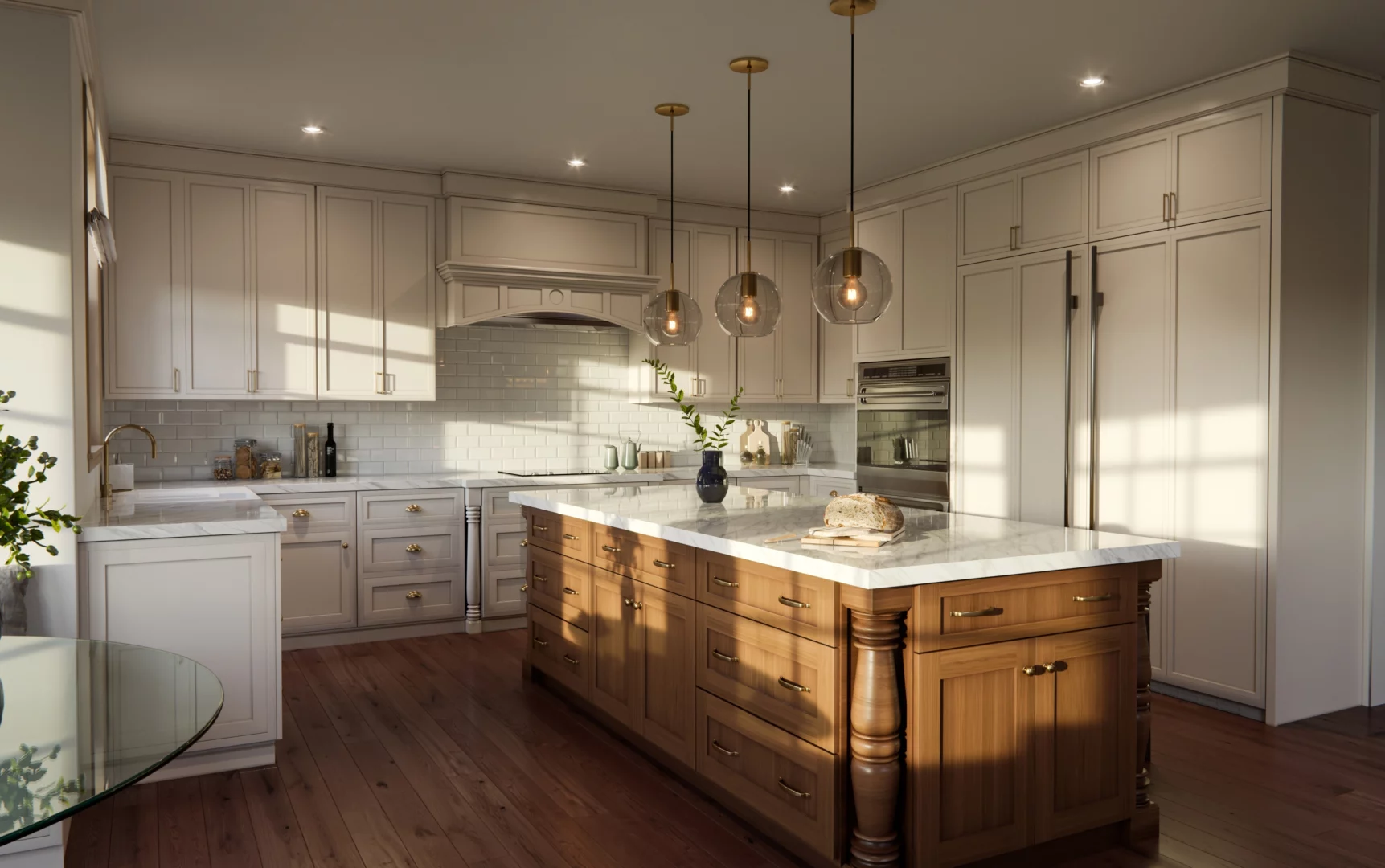
Apart from hardwood’s benefits as a biophilic design element, investing in hardwood floors is financially smart for homeowners. In May’s issue of Floor Focus, product director of wood/laminate for Mohawk echoed this sentiment. Though homebuying markets are down, Moore maintains that “A hardwood purchase is a question of cost versus value. With hardwood, flooring isn’t a cost but an investment.”
Thirdly, it is important to see the potential in current domestic markets, but also future markets for hardwood products. By recognizing the opportunities presented by current domestic markets alongside the potential of future markets, the hardwood industry can strategically position itself as flexible. With the crane mats market size surpassing 695 million in 2022 and projected to expand at a 4.5% CAGR from 2023 to 2032, this sector is a mainstay for the hardwood industry. However, looking forward is paramount.
For example, cross-laminated timber (CLT) is known to be a more cost-effective and eco-conscience alternative to building materials like steel and concrete; however, as of right now, 100% of CLT is made with softwood like pine. Creating Hardwood CLT can help diversify wood as a building material and localize construction material to specific project cites. President and CEO of Crosswood, Jeremy Adams, is looking forward to establishing Virginia’s first Hardwood CLT facility, “Hardwood mass timber has the potential to transform the hardwood industry, blending sustainability with unparalleled strength and beauty. The integration of underutilized hardwoods in the production of Mass timber will have a significant impact upon future hardwood markets.” This is not just a response to market demands but also a strategic move towards sustainable construction practices. Leveraging the abundant Appalachian timber reserves (Yellow Poplar), Crosswood’s product lines, including HARDLAM panels and GLULAM beams, exemplify the fusion of innovation and eco-consciousness. By tapping into localized hardwood Mass Timber solutions and committing to sustainable sourcing and innovative manufacturing, Crosswood is not only setting new benchmarks in the hardwood and construction sectors but also contributing significantly to a greener future in building.
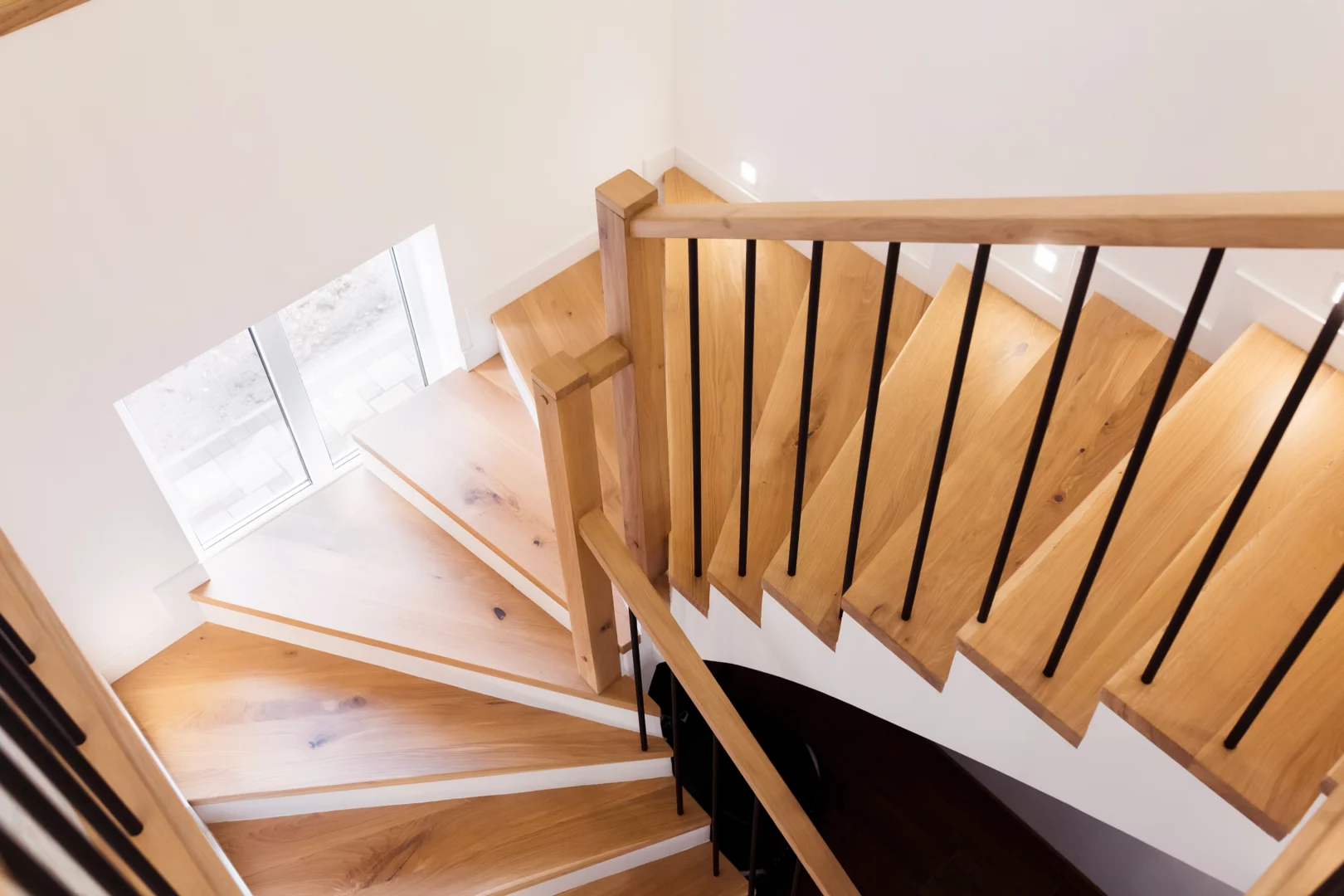
Furthermore, a study published this year in the journal of Transportation Research Record, examined the feasibility of using forest residues, particularly logging residues, as feedstock for sustainable aviation fuel (SAF) production. The study, focusing on the Southeast U.S.A., demonstrates that the choice of technology and facility scale significantly affects the breakeven cost and maximum supply quantity of SAF. The most economically efficient system, employing rotary shear milling and pyrolysis conversion, could potentially produce up to 650 million gallons of SAF, with approximately 62% sourced from hardwood residues. As advancements in technology continue to reshape industries, including forestry and lumber processing, insights from the hardwood industry echo the importance of staying at the forefront of innovation.
Consequently, this leads us to our final consideration. Insights on automation versus optimization highlight the importance of staying ahead of technological advancements in the hardwood lumber industry. Embracing optimization techniques not only improves efficiency but also supports the narrative of innovation and progress within the industry. By understanding and implementing these technologies, hardwood mills can enhance their operations and profitability, further reinforcing the industry’s image as forward-thinking and adaptive. NHLA’s Chief Inspector, Dana Spessert, pointed to the crucial difference between “Automation” and “Optimization” during his presentation at NHLA’s Hardwood Industry Needs Workshop and stressed the importance of evolving technologies in the hardwood lumber industry, “While automation is a way to avoid high cost, optimization replaces labor cost and takes automation to another level. For example, an optimized edger can produce dimension lumber more efficiently by maximizing yield and minimizing waste through precise cutting.” Moreover, Spessert underlined the significance of understanding and maintaining new technologies. For several years now, the NHLA Inspection Services team has been helping hardwood mills improve their operations by providing courses like “$PC, Control the Process to Improve Lumber Value” that teach process control techniques developed by Spessert. These techniques have saved companies hundreds of thousands of dollars, improved their throughput, and increased profitability.
In conclusion, how can we, as a community, endeavor to tell our story in a way that resonates deeply and inspires positive change in the industry and beyond? The journey through the hardwood industry’s current and future landscape reveals a story of innovation, sustainability, and resilience. From the challenges highlighted at the NHLA’s Hardwood Industry Needs Workshop to the opportunities presented by emerging markets, the industry stands at a pivotal moment. By embracing storytelling and branding initiatives, the industry can amplify its message of beauty, durability, and sustainability to a wider audience.

Likewise, the shifting preferences of millennial homeowners towards sustainable design highlight the importance of aligning narratives with consumer values. As the kitchen cabinets market burgeons and the potential of hardwood cross-laminated timber (HCLT) becomes increasingly evident, hardwood products are poised to lead the way in providing premium, long-lasting solutions. The feasibility
of utilizing forest residuals for sustainable aviation fuel production and the insights into automation versus optimization further emphasize the industry’s commitment to innovation. By staying at the forefront of technological advancements and implementing optimization techniques, hardwood mills can enhance efficiency, profitability, and sustainability, solidifying their position as forward-thinking leaders in the market.
Ultimately, the hardwood industry’s narrative is one of adaptation and evolution. Through strategic storytelling, innovative solutions, and a steadfast commitment to sustainability, the industry is poised to navigate the challenges of today and seize the opportunities of tomorrow.
By Brennah Hutchison
SOURCES:
John Burns Kitchen & Bath Market Index, https://nkba. org/research/nkbas-sustainability-report-indicates-drivers-of-rising-demand/
Mortgage Bankers Association, https://www.mba.
org/news-and-research/newsroom/news/2024/05/07/mortgage-credit-availability-increased-in-
april#:~:text=The%20MCAI%20rose%20by%200.1,MCAI%20 rose%20by%200.3%20percent.
Mordor Intelligence: https://www.mordorintelligence. com/industry-reports/kitchen-cabinets-market
Floor Focus, https://floorfocus.mydigitalpublication.com/publication/?m=62450&i=821768&p=1&ver=html5
Andreucci, Maria Beatrice, et al. “Exploring challenges and opportunities of biophilic urban design: Evidence from research and experimentation.” Sustainability, vol. 13, no. 8, 13 Apr. 2021, p. 4323, https://doi.org/10.3390/su13084323.
Sterling, https://www.sterlingsolutions.com/blog/times-up-for-timber/
Global Market Insights, https://www.gminsights.com/industry-analysis/crane-mats-market
Inside Climate News, https://insideclimatenews.org/news/20042024/michigan-tech-cross-laminated-timber/
Li, P., Yu, T. E., Trejo-Pech, C., Larson, J. A., English, B.
C., & Lanning, D. N. (2024). “Assessing the Impact of Preprocessing and Conversion Technologies on the Sustainable Aviation Fuel Supply from Forest Residues
in the Southeast U.S.A.” Transportation Research Record, 0(0). https://doi.org/10.1177/03611981241230508
Share:
Related News & Blog
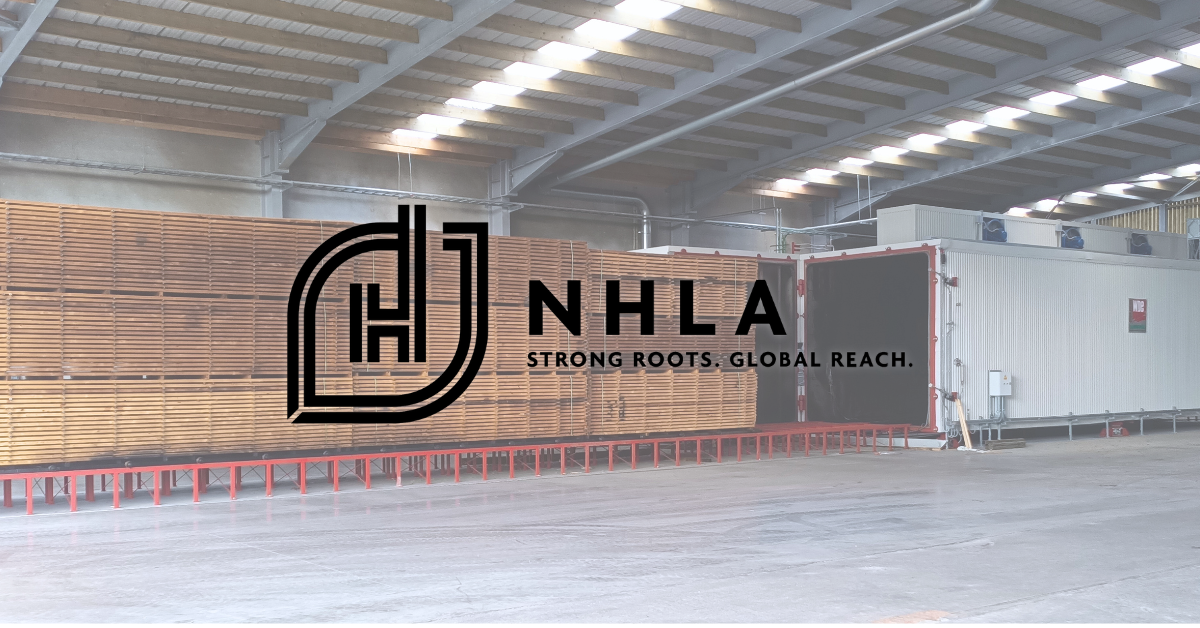
October 23, 2025
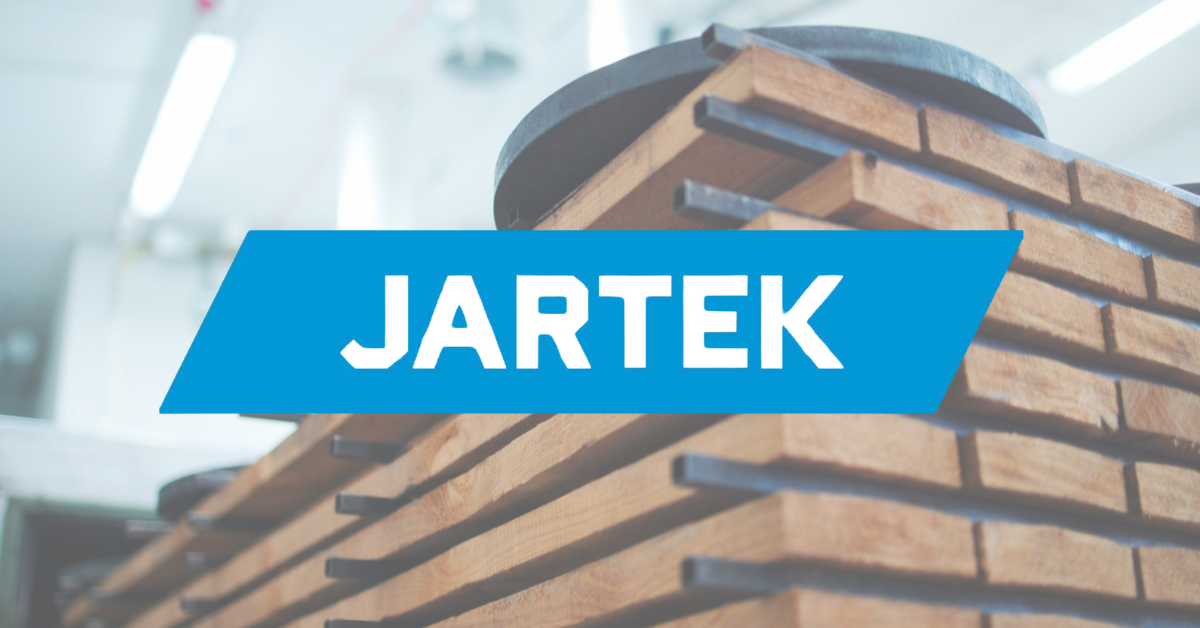
October 17, 2025
Questions?
Have questions or need any assistance regarding the NHLA Annual Convention & Exhibit Showcase?
